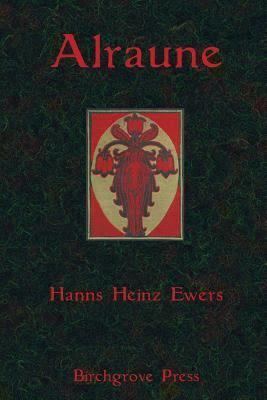Originally published 1911 Followed by The Sorcerer's Apprentice | ||
 | ||
Similar Hanns Heinz Ewers books, Other books | ||
Alraune 1928 1 10
Alraune (German for Mandrake) is a novel by German novelist Hanns Heinz Ewers published in 1911. It is also the name of the female lead character. The book originally featured illustrations by Ilna Ewers-Wunderwald.
Contents
Alraune 1928 2 10
Legend
The basis of the story of Alraune dates to the Middle Ages in Germany. The humanoid-shaped Mandrake root or Mandragora officinarum was widely believed to be produced by the semen of hanged men under the gallows. Alchemists claimed that hanged men ejaculated after their necks were broken and that the earth absorbed their final "strengths". In some versions, it is blood instead of semen. The root itself was used in love philtres and potions while its fruit was supposed to facilitate pregnancy. Witches who "made love" to the Mandrake root were said to produce offspring that had no feelings of real love and had no soul.
Fiction
The novel deviates from the myth by concentrating on the issues of artificial insemination and individuality: genetics versus environment. A scientist, Professor Jakob ten Brinken, interested in the laws of heredity, impregnates a prostitute in a laboratory with the semen of a hanged murderer. The prostitute conceives a female child who has no concept of love, whom the professor adopts. The girl, Alraune, suffers from obsessive sexuality and perverse relationships throughout her life. She learns of her unnatural origins and she avenges herself against the professor.
In other media
There have been a number of films based on the myth and the novel of Alraune.
